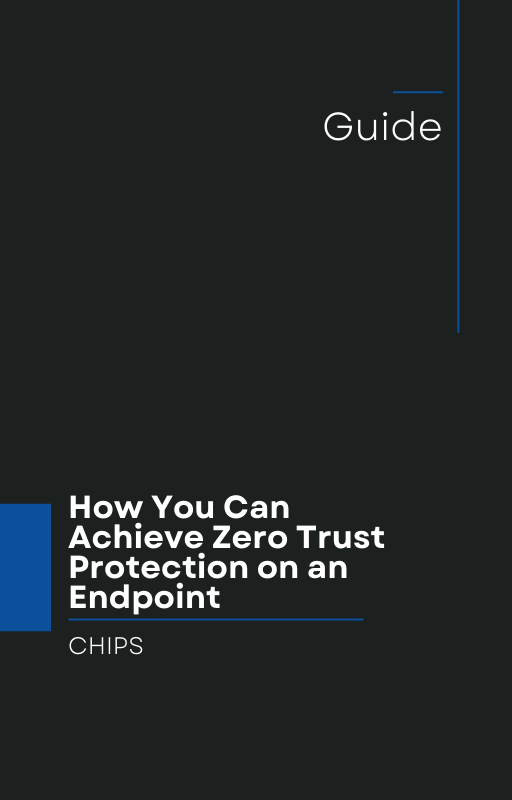In early June, TechCrunch reported that a ransomware gang known as INC Ransom claimed responsibility for a cyberattack on Kettering Health, a major healthcare provider in Ohio.
According to the article, the attack compromised sensitive patient data, including names, Social Security numbers, medical histories, and insurance information. Kettering Health confirmed it had notified federal law enforcement and was working with cybersecurity experts to assess and contain the breach.
This incident underscores an uncomfortable reality: healthcare institutions—despite handling life-critical and highly sensitive data—remain prime targets for ransomware gangs. These attacks not only put patient privacy at risk but also jeopardize operations that can directly affect patient care.
A Broken Model: "Detect and Respond"
Most organizations, including many in the healthcare sector, still rely on the traditional "Detect and Respond" model of cybersecurity. The idea is that systems will detect intrusions or suspicious behavior and then trigger a response—either automated or manual—to neutralize the threat.
But what happens when the detection fails?
In today’s threat landscape, attackers routinely employ techniques that bypass or disable security tools. As ransomware gangs become more sophisticated—leveraging zero-day vulnerabilities, fileless malware, and AI-driven evasion tactics—detection-based defenses are increasingly failing to catch threats in time.
The Kettering Health breach illustrates this risk. While specifics about the entry point remain undisclosed, the scale of data exfiltration suggests that detection came far too late. Once attackers are inside the network and lateral movement begins, damage becomes almost inevitable.
Time for a New Approach: "Isolation and Containment"
It's clear that businesses—especially those in high-stakes industries like healthcare, manufacturing, and finance—need to rethink their cybersecurity posture. Instead of relying on imperfect detection systems, it’s time to adopt a proactive stance that prevents malware from executing in the first place.
That’s where AppGuard comes in.
AppGuard uses a patented approach called Isolation and Containment, which prevents malware—whether known or unknown—from executing or delivering payloads, without relying on detection or scanning. It assumes that all endpoints can and will be attacked, and its protection model does not require prior knowledge of threats.
When AppGuard is deployed:
-
Malware can't execute, even if it enters the system.
-
Fileless and zero-day threats are neutralized before they can act.
-
Legitimate business operations continue without interruption.
-
Organizations are protected from "patient-zero" scenarios.
This method doesn’t just reduce the risk of a successful ransomware attack—it nearly eliminates it. With a 10-year track record and successful deployments in defense, intelligence, and commercial sectors, AppGuard is not just another endpoint security solution. It’s a proven, preventive answer to today’s relentless cyber threats.
Ransomware is a Business Problem, Not Just an IT Issue
When ransomware hits, it's not just about lost files or breached systems. The ripple effects include:
-
Reputation damage that erodes customer trust.
-
Regulatory and legal consequences, especially for protected data.
-
Operational downtime that costs millions or even lives in the healthcare sector.
-
Long-term financial costs associated with recovery, compliance, and infrastructure rebuilding.
Waiting for ransomware to strike before acting is no longer an option. Prevention isn’t just the best cure—it’s the only one that truly works.
Take Action Now
If you're a business leader still relying on traditional "Detect and Respond" strategies, the Kettering Health breach is a wake-up call. It's time to upgrade your defenses before you become the next headline.
Talk with us at CHIPS about how AppGuard can help protect your organization through Isolation and Containment, not after-the-fact response. Our team is ready to walk you through how AppGuard can be integrated into your existing infrastructure and help you stay ahead of even the most advanced threats.
Don't wait until it's too late.
Let’s talk today—because ransomware won’t wait.
Like this article? Please share it with others!

August 4, 2025

Comments